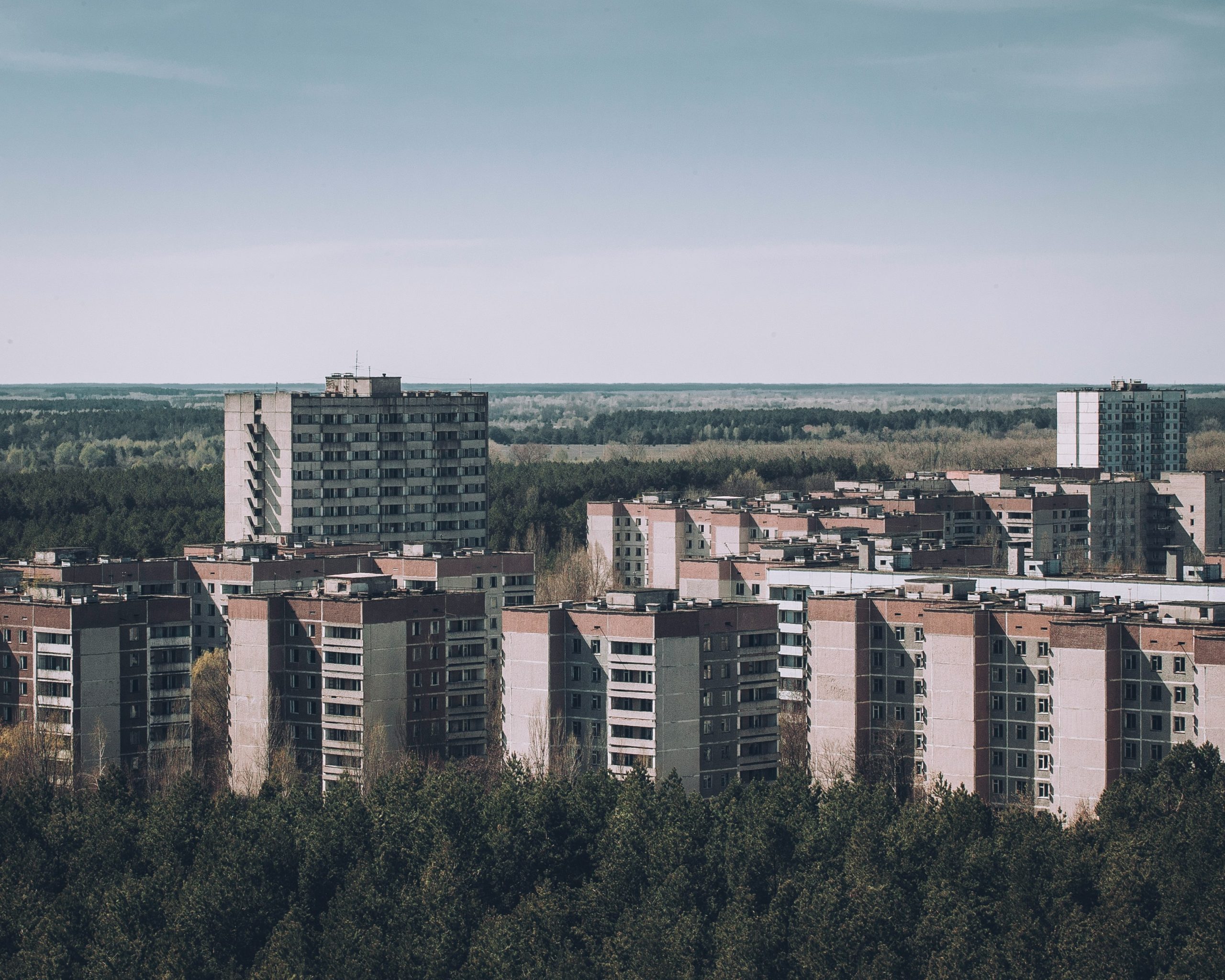On April 26, 1986, the world woke up to one of the deadliest nuclear disasters in history — the Chernobyl explosion. But while the headlines focused on the reactor, the radiation, and the political silence, inside a small hospital in Pripyat, another story unfolded — one of courage, sacrifice, and silent suffering. This is the story of Chernobyl through the eyes of a nurse who lived it.
The Night the Reactor Exploded
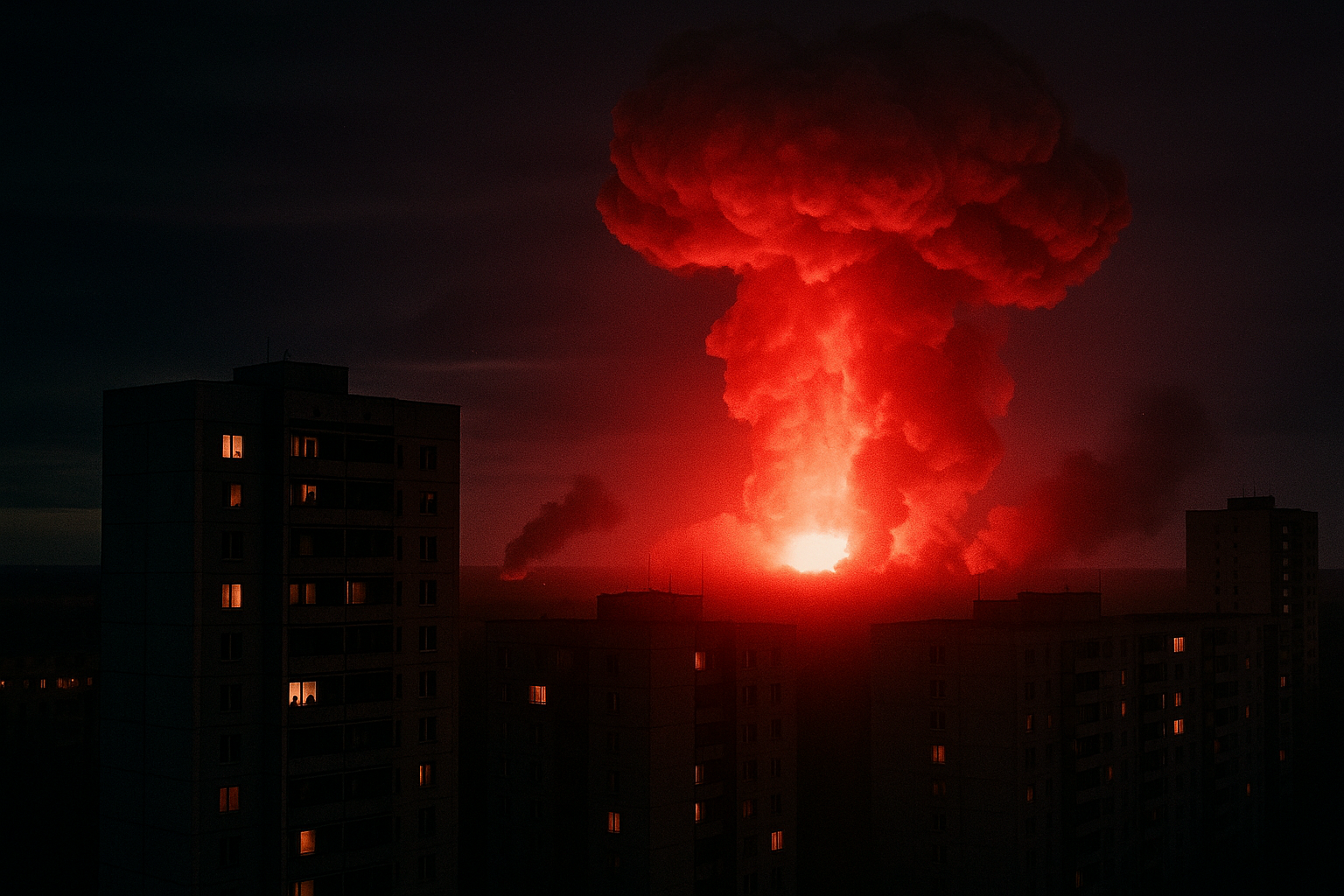
It was an ordinary Saturday night in Pripyat. Families slept in their Soviet-style apartments, children dreamed of school trips, and I prepared for another night shift at Pripyat City Hospital.
At 1:23 a.m., Reactor 4 at the Chernobyl Nuclear Power Plant exploded. The blast released more than 400 times the radiation of the Hiroshima bomb. But in those first hours, we didn’t know that.
Just after 1:30, the phone rang. “Send every available nurse. There’s been an accident at the plant.”
We thought it was a fire. Industrial accidents weren’t unusual. But nothing prepared us for what arrived next.
The Firefighters Arrive
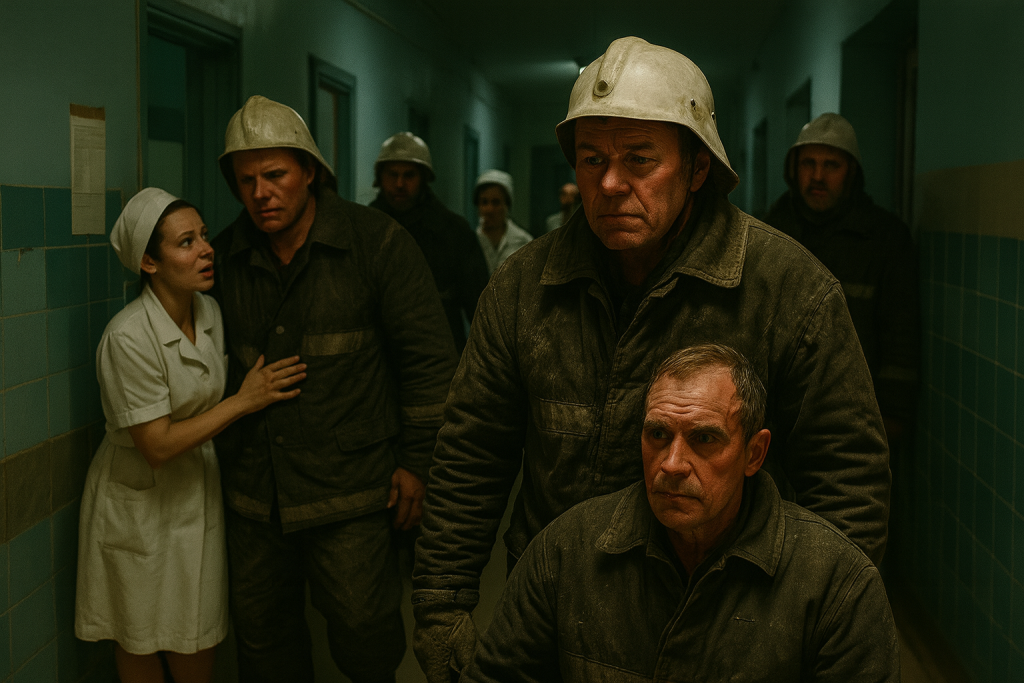
The first patients were the firefighters — the heroes who rushed to the burning reactor without protective gear. They entered the control rooms and climbed onto the roof, trying to douse the flames with water hoses, unaware they were standing on lethal levels of radiation.
When they stumbled into the hospital, I was shocked:
- Their faces were swollen, skin reddened like severe sunburn.
- They vomited repeatedly, clutching their stomachs.
- Some whispered about a strange metallic taste in their mouths.
We stripped off their uniforms, the smell of smoke and graphite still clinging to the fabric. Those clothes were thrown into the hospital basement, where they remain today — so radioactive that they can never be touched again.
I remember one young firefighter asking me, “Sister, it’s just smoke inhalation, right? I’ll be fine?”
I wanted to believe him.
Chaos in the Hospital Corridors

By 4 a.m., the hospital was overflowing. Plant workers, security guards, and firefighters kept arriving, all with the same symptoms: nausea, dizziness, burns that seemed to deepen by the minute.
We had no protective suits. Only cotton gowns and simple masks. The doctors worked tirelessly, inserting IVs, rinsing burns, giving oxygen. But nothing worked. The radiation was inside them, eating them alive.
I carried trays of medicines, wiped blood from the floors, and tried to comfort them as they writhed in pain. Some screamed, others went eerily silent.
One nurse fainted from exhaustion. Another collapsed from exposure. None of us truly understood what we were fighting.
Realization: The Reactor Had Exploded
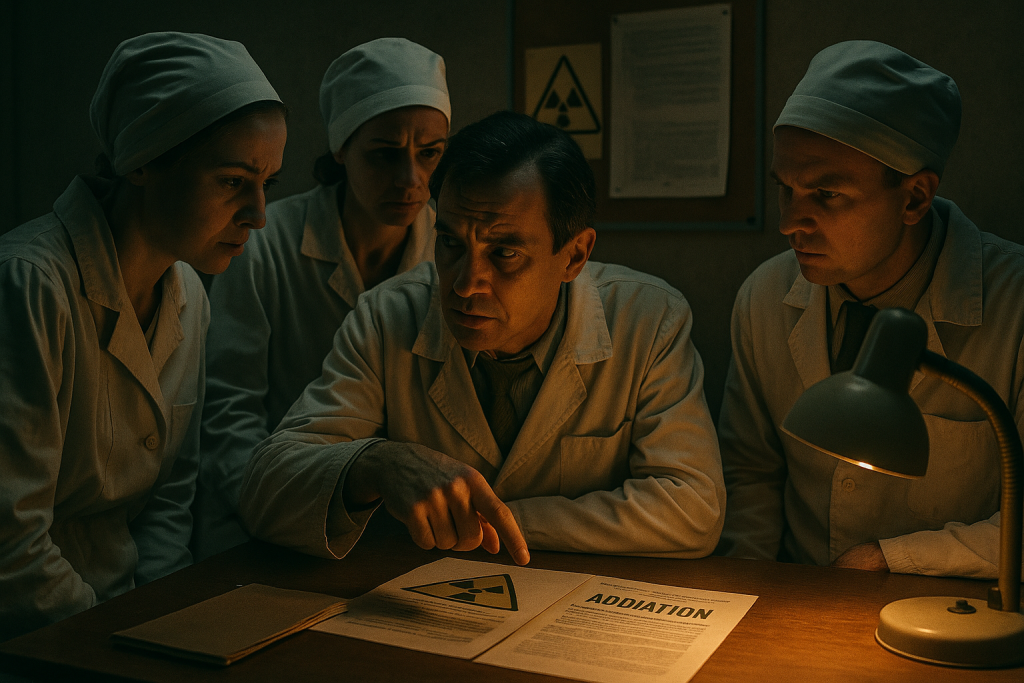
By morning, rumors began to spread. Doctors whispered that the unthinkable had happened — the reactor core had exploded.
That meant the “invisible killer” was radiation itself. We were treating patients in contaminated wards, touching radioactive skin, and washing wounds with radioactive water.
Our hands blistered. Our hair started to fall. But we kept working. Nurses are trained not to abandon their patients, no matter the cost.
April 27: The Evacuation of Pripyat
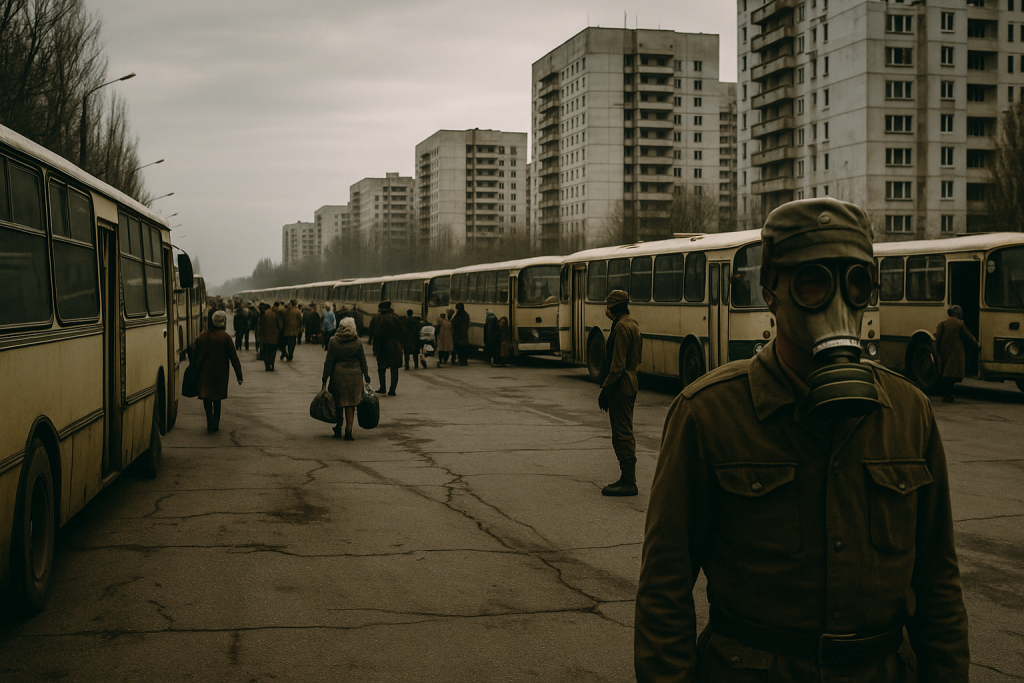
Families grabbed bread, toys, and blankets, believing they’d return in a few days. Pets were left behind. Photo albums stayed on shelves.
From the hospital window, I watched entire neighborhoods climb aboard the buses. Mothers held crying babies. Children clutched schoolbags. Nobody knew they would never come back. Pripyat became a ghost city within 36 hours.
I stayed behind with the patients. My duty was with those who couldn’t leave.
The Hidden Agony
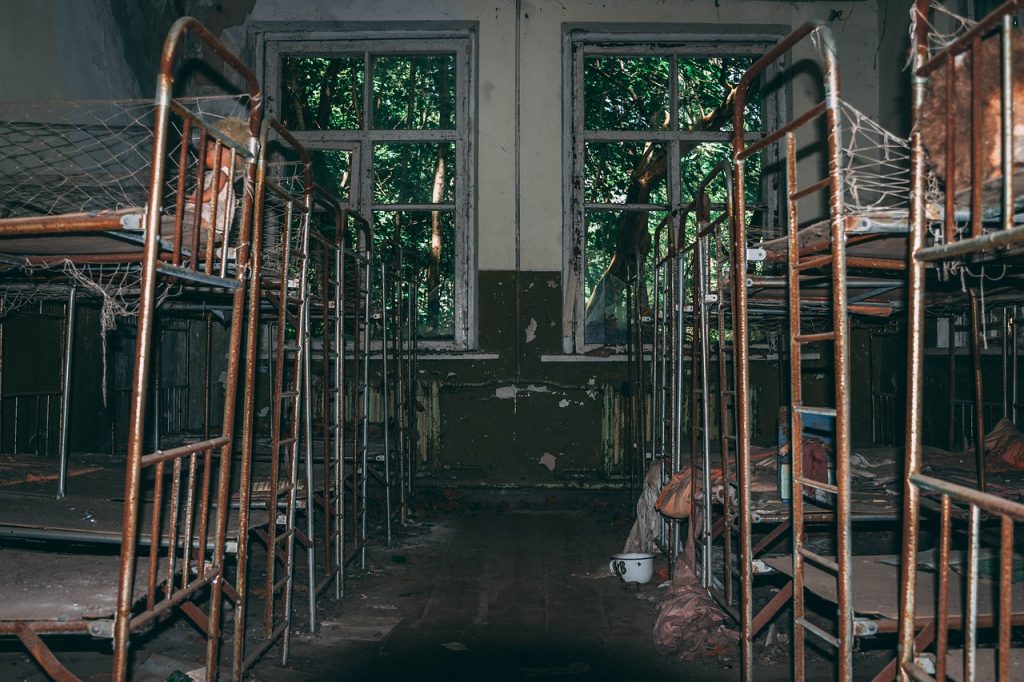
The firefighters deteriorated rapidly. Their skin peeled in sheets, fevers rose uncontrollably, and their hair came out in clumps. We held their hands, changed their sheets, whispered comfort even when we knew there was no hope.
Within weeks, most of them died. Their bodies were so radioactive that they were buried in zinc-lined coffins under concrete slabs. Even in death, they were dangerous to the living.
One of them was Vasily Ignatenko, only 25 years old, who left behind his young wife Lyudmila. She stayed by his bedside despite being told to stay away. Years later, she said:
“They told me I shouldn’t touch him. But how could I not? He was my husband.”
The Basement of Death
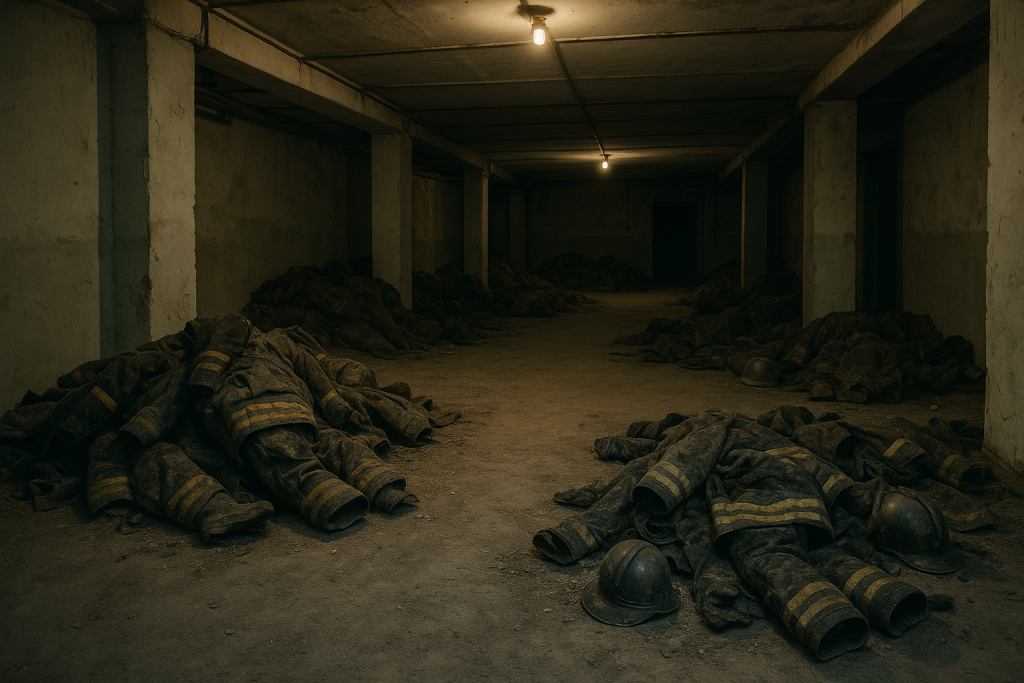
The hospital basement became infamous. That’s where we dumped the firefighters’ uniforms. Boots, jackets, helmets — all glowing with invisible poison. Even today, standing near that basement is considered deadly.
I remember walking past the piles of clothing, the smell of smoke still strong, knowing that those pieces of fabric had absorbed enough radiation to kill.
We were working inside a hospital that had turned into a radioactive grave.
Life After Chernobyl
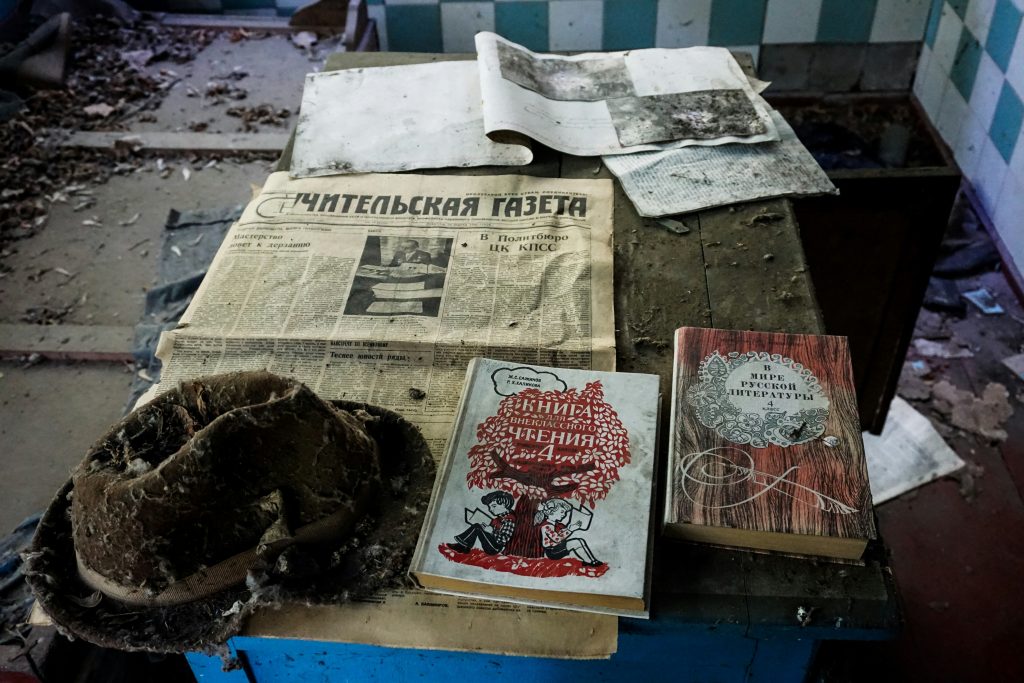
I left Pripyat with the evacuation convoys. My body was weak, my skin burned, my hair thin. Many nurses, doctors, and medical staff later died of radiation-induced illnesses. Some survived but never fully recovered.
For years, Chernobyl haunted my dreams. The faces of the firefighters, the cries of the patients, the empty streets of Pripyat — they are etched in memory.
Today, when I see documentaries or photographs of the Exclusion Zone, it feels like looking into a frozen time capsule. Apartments still have toys on the floor. Classrooms still have open notebooks. But no children returned to finish their lessons.
Legacy of Chernobyl
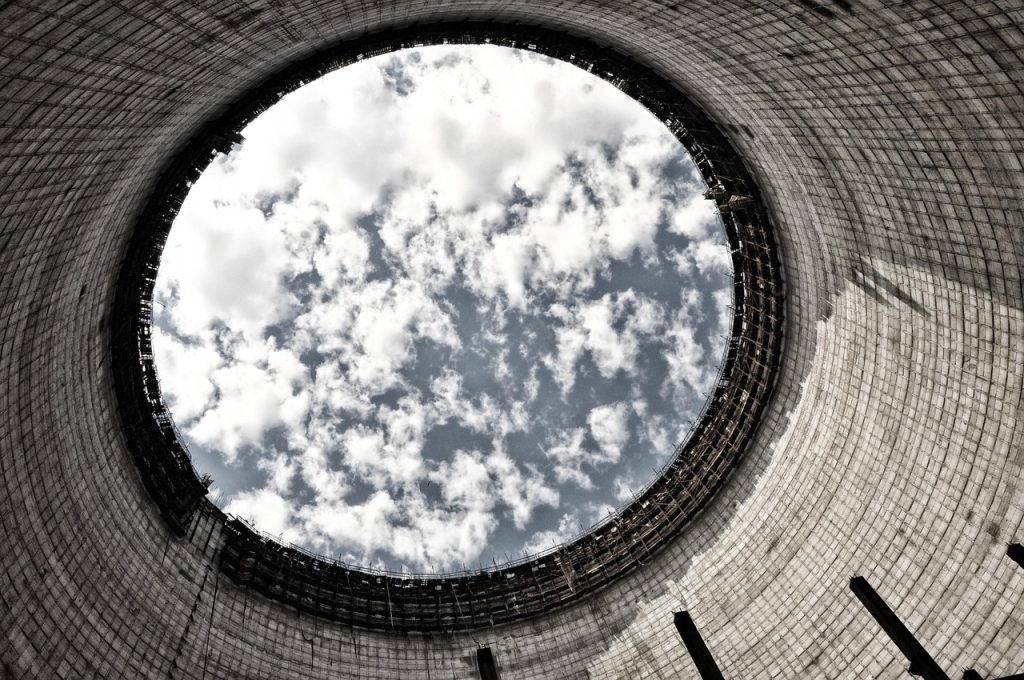
Chernobyl was not just a nuclear accident — it was a human tragedy. More than 300,000 people were evacuated, thousands were exposed to radiation, and entire towns vanished from the map.
The nurses and doctors who stayed behind are rarely remembered, but they were the frontline soldiers in a war against something they couldn’t see.
Their story is a reminder:
- Technology without safety is a ticking bomb.
- Truth delayed can cost lives.
- Ordinary people — nurses, firefighters, plant workers — carry extraordinary courage.
Closing Words

Standing in Pripyat’s abandoned hospital today, silence fills the corridors. But if you listen closely, you can almost hear the echoes — footsteps of nurses rushing to save lives, whispers of patients asking for water, the distant wail of buses leaving the city forever.
Chernobyl is a wound carved into history. And through the eyes of those who lived it, we learn one truth: when disaster strikes, humanity is measured not in machines or reactors, but in compassion, sacrifice, and the will to stand beside the suffering — no matter the cost.

